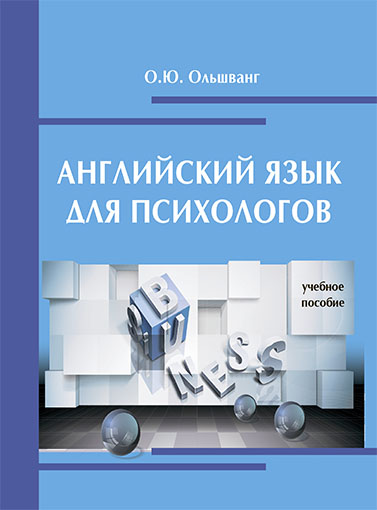
Научная электронная библиотека
Монографии, изданные в издательстве Российской Академии Естествознания
How Ivan Pavlov Discovered Classical Conditioning
The concept of classical conditioning is studied by every entry-level psychology student, so it may be surprising to learn that the man who first noted this phenomenon was not a psychology at all. Ivan Pavlov was a noted Russian physiologist who won the 1904 Nobel Prize for his work studying digestive processes. It was while studying digestion in dogs that Pavlov noted an interesting occurrence – his dogs would begin to salivate whenever an assistant entered the room.
In his digestive research, Pavlov and his assistants would introduce a variety of edible and non-edible items and measure the saliva production that the items produced. Salivation, he noted, is a reflexive process. It occurs automatically in response to a specific stimulus and is not under conscious control. However, Pavlov noted that the dogs would often begin salivating in the absence of food and smell. He quickly realized that this salivary response was not due to an automatic, physiological process.
The Development of Classical Conditioning Theory
Based on his observations, Pavlov suggested that the salivation was a learned response. The dogs were responding to the sight of the research assistants’ white lab coats, which the animals had come to associate with the presentation of food. Unlike the salivary response to the presentation of food, which is an unconditioned reflex, salivating to the expectation of food is a conditioned reflex.
Pavlov then focused on investigating exactly how these conditioned responses are learned or acquired. In a series of experiments, Pavlov set out to provoke a conditioned response to a previously neutral stimulus. He opted to use food as the unconditioned stimulus, or the stimulus that evokes a response naturally and automatically. The sound of a metronome was chosen to be the neutral stimulus. The dogs would first be exposed to the sound of the ticking metronome, and then the food was immediately presented.
After several conditioning trials, Pavlov noted that the dogs began to salivate after hearing the metronome. “A stimulus which was neutral had been superimposed upon the action of the inborn alimentary reflex”, Pavlov wrote of the results. “We observed that, after several repetitions of the combined stimulation, the sounds of the metronome had acquired the property of stimulating salivary secretion”. In other words, the previously neutral stimulus (the metronome) had become what is known as a conditioned stimulus that then provoked a conditioned response (salivation).
The Impact of Pavlov’s Research
Pavlov’s discovery of classical conditioning remains one of the most important in psychology’s history. In addition to forming the basis of what would become behavioral psychology, the conditioning process remains important today for numerous applications, including behavioral modification and mental health treatment. Classical conditioning is often used to treat phobias, anxiety and panic disorders.
One interesting example of the practical use of classical conditioning principles is the use of taste aversion to prevent coyotes from preying on domestic livestock. A conditioned taste aversion occurs when a neutral stimulus (eating some type of food) is paired with an unconditioned response (becoming ill after eating the food). Unlike other forms of classical conditioning, this type of conditioning does not require multiple pairings in order for an association to form. In fact, taste aversions generally occur after just a single pairing. Ranchers have found useful ways to put this form of classical conditioning to good use to protect their herds. In one example, mutton was injected with a drug that produces severe nausea. After eating the poisoned meat, coyotes then avoided sheep herds rather than attack them.
While Pavlov’s discovery of classical conditioning formed an essential part of psychology’s history, his work continues to inspire further research today. Between the years 1997 and 2000, more than 220 articles appearing in scientific journals cited Pavlov’s early research on classical conditioning. While Pavlov may not have been a psychologist, his contributions to psychology helped to make the discipline what it is today and will likely continue to shape our understanding of human behavior for years to come.
